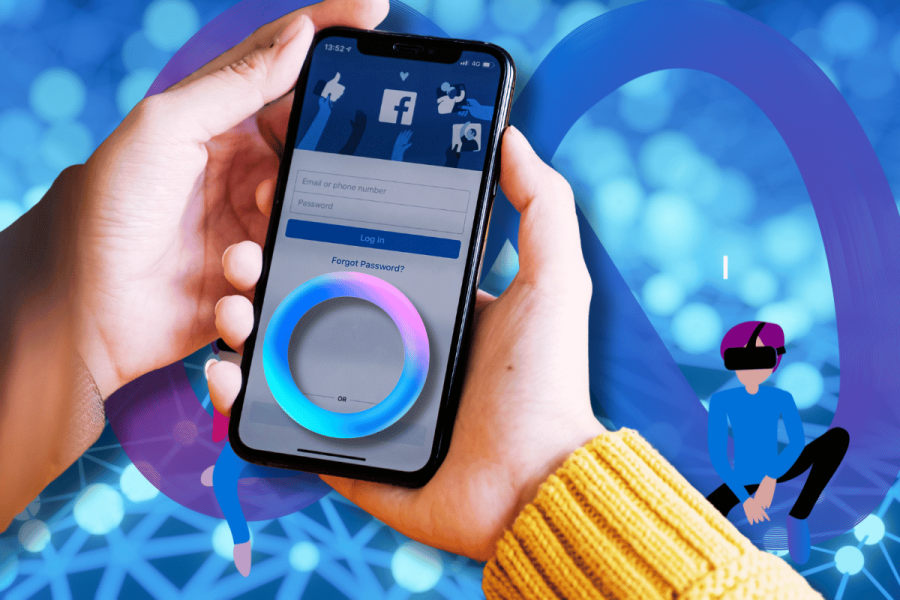Justin.tv is finally breaking into the mobile broadcasting business with today’s release of its first Android application and with an iPhone version soon to follow. The company admits that it’s not the first to do mobile broadcasting – competitors like UStream and Qik have been around for some time – but it’s the first company do it at this quality. According to CEO Michael Seibel, Justin.tv wanted to wait until the hardware on smartphones would be able to support their vision for what a mobile broadcasting experience should be like. And now, thanks to modern smartphones, features like support for hardware encoding, high quality cameras, sufficient CPUs and more, Justin.tv says it has been able to develop the best live streaming mobile application yet.

How Justin.tv Does High-Quality Mobile Broadcasting
The major drawback to mobile broadcasting is having to deal with network connectivity issues. Mobile users in an area of poor network coverage or who are moving in between areas of good coverage and bad, have typically faced video quality issues like stuttering, stops and starts. But with Justin.tv’s mobile applications, both on Android and the soon-to-launch iPhone version, connectivity issues have been addressed through the use of smooth streaming and adaptive bitrate technologies. What this means is that the mobile app can ping the phone to determine how much upload bandwidth you currently have available and then make adjustments to the quality of the encoded video on the fly, adaptively reducing or increasing the bitrate of your stream as the network coverage gets better or worse.
Although the app can’t record high-quality video when cell towers simply aren’t providing your device with a good signal, the app can seamlessly make adjustments for varying coverage. In addition, it can perform hand-off from Wi-Fi to 3G and vice versa without dropping the connection.

The app also takes advantage of hardware developments like hardware encoding, a feature common on many of today’s smartphones. Your phone doesn’t have to offer hardware encoding (a separate chip that handles video) in order for you use to app, it makes the experience better if you do.
Given the talk of all the hardware and mobile advancements that have made the Justin.tv application finally possible, you may think that it’s limited only to select devices or those running the latest version of the Android operating system, for example. But the company says that’s not actually the case. The Android app runs on over 95% of the devices in the marketplace today. Justin.tv itself tested the app internally on ten different phones then ran a beta program where it was tested on a number of other handsets, too. When asked what phones it wouldn’t work on, Seibel wasn’t sure. Maybe the G1?, he wondered. We suppose we’ll find out today as the app is released to the official market.
Other Features: Social Networking, Unlimited Storage, Chat
In addition to focusing on video quality, Justin.tv also strived to make an app that mainstream mobile users could embrace, even if they had never heard of the company. All registration and social networking integration setup, including direct broadcasting via links to Facebook and Twitter, is configured within the app itself. You never have to visit the company website. Other features introduced today include built-in chatting and unlimited video storage, at no additional cost. The app itself isn’t monetized yet – it’s free, has no ads and it may remain that way for good. The company says it’s focused only on the product for now. The links created by the app drive traffic to the Justin.tv website which is already successfully monetized, so there may never be a need to charge for the app or insert ads within it, we’re told.
Of course, a lot of companies claim their apps are “the best” at what they do, so Justin.tv released this comparison video that positions their Android app head-to-head with its competitors. Will it perform as well for you? There’s only one way to find out.









